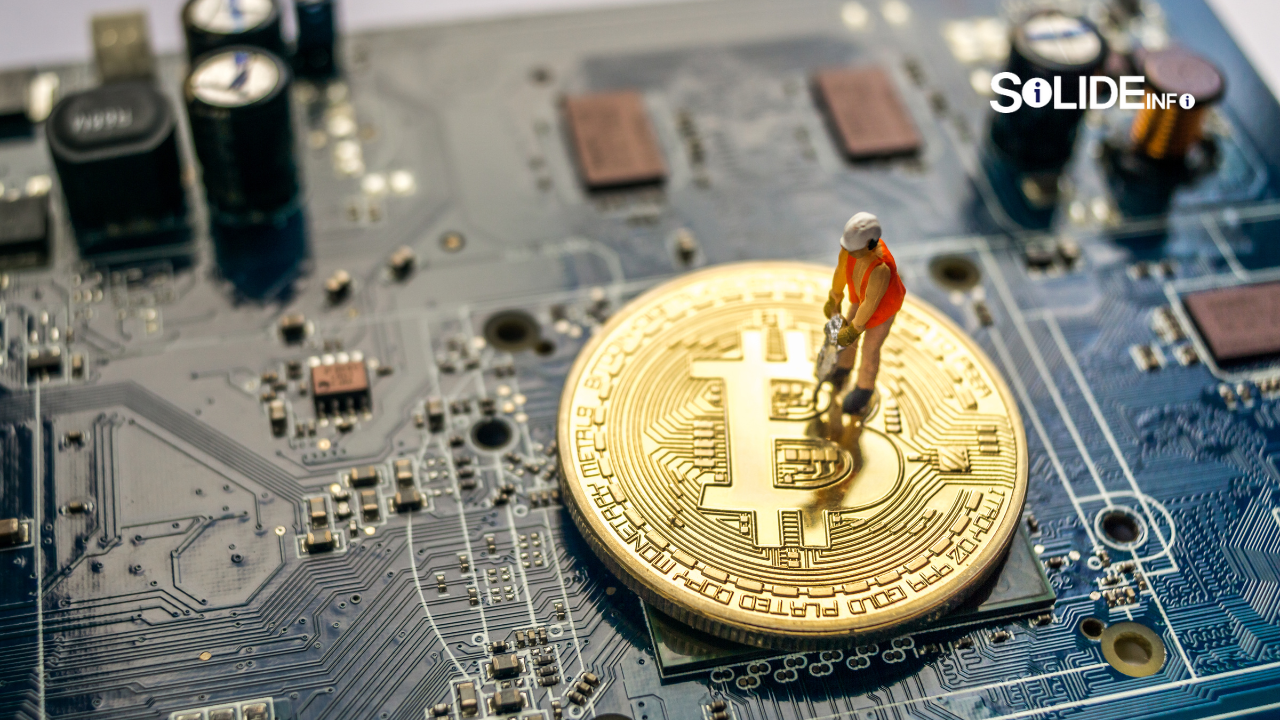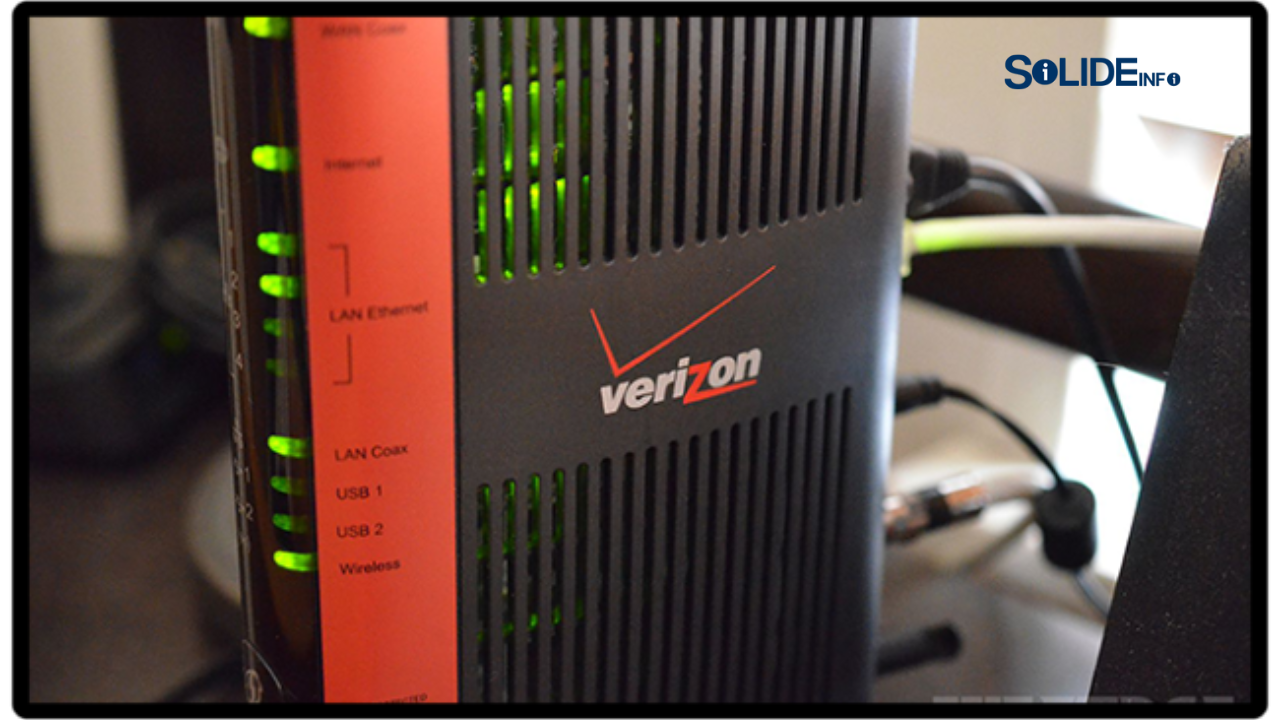Picture this: It’s the year 2140, and the last Bitcoin has just been mined. After more than a century of block rewards incentivizing miners to secure the network, the fundamental economics of Bitcoin mining are about to change forever. For many, this might sound like the end of an era, a death knell for the entire cryptocurrency mining future. But here’s what might surprise you – this isn’t the end of mining profitability. In fact, savvy miners have been preparing for this transition for decades, and the solutions are more elegant than you might think.
The question isn’t whether miners will survive after 2140, but rather how they’ll adapt to a completely fee-based reward system. Understanding this transition reveals fascinating insights about Bitcoin’s long-term sustainability and why Satoshi Nakamoto designed the system with this exact scenario in mind. The foresight embedded in Bitcoin’s protocol ensures its resilience far into the future, even beyond the cessation of newly minted coins.
The Great Transition: From Block Rewards to Pure Transaction Fees

When Bitcoin mining rewards end in 2140, miners will face their biggest transformation since the network’s inception. Currently, miners receive two types of compensation: newly minted Bitcoin from block rewards and transaction fees paid by users. The block reward, which started at 50 Bitcoin per block and halves approximately every four years (or every 210,000 blocks), will eventually reach zero. This programmatic halving schedule is a core tenet of Bitcoin’s scarcity model, ensuring a finite supply of 21 million BTC.
This transition represents a fundamental shift in mining economics. Today, especially in the earlier stages of Bitcoin’s life, block rewards make up the vast majority of miner income, with transaction fees playing a supporting role. However, as each halving event reduces the block reward, the proportion of income derived from transaction fees gradually increases. After 2140, when the final satoshi of the 21 million Bitcoin supply has been mined, transaction fees will become the sole source of mining revenue. This change means miners will become entirely dependent on network activity and user willingness to pay for transaction processing.
The beauty of this system lies in its self-regulating nature. As block rewards decrease over time, transaction fees naturally become more important to miners. This gradual transition gives the network decades to adjust, allowing fee markets to mature and mining operations to adapt their business models accordingly. It’s a testament to Bitcoin’s robust design that this monumental shift isn’t a sudden shock but a slow, predictable evolution. This long runway allows for technological advancements and economic recalibrations within the mining industry.
How Transaction Fee Economics Will Shape Mining’s Future
Transaction fees in a post-2140 Bitcoin world will operate on pure market dynamics. When network congestion increases, users will compete by offering higher fees to get their transactions processed faster. This creates a natural pricing mechanism where miners prioritize transactions with higher fees, similar to how auction systems work. This “fee market” is already evident during periods of high network demand, where users can choose to pay a premium for faster confirmation times.
The key to mining profitability after 2140 lies squarely in network adoption and usage. If Bitcoin continues growing as a store of value, a medium of exchange, and a base layer for other financial innovations (like the Lightning Network), transaction volume will likely increase substantially. More transactions mean more fees, potentially making mining just as profitable as it is today, if not more so. The sheer scale of potential global adoption dwarfs the current transaction volume, suggesting a robust future fee market.
Consider the mathematical reality: even if individual transaction fees remain modest, the sheer volume of transactions on a global payment network could generate enormous total fee pools. Think about how credit card companies profit from small percentage fees on millions, even billions, of transactions daily – Bitcoin mining could follow a similar model, but with a decentralized and uncensorable ledger. The aggregate of minuscule fees from a vast number of transactions can amount to significant revenue.
Advanced fee estimation algorithms will become crucial tools for both users and miners. Users will need sophisticated methods to determine optimal fee rates, balancing cost with desired confirmation speed. Conversely, miners will develop increasingly efficient systems to maximize fee collection while maintaining network security, perhaps even employing AI-driven analysis of mempool dynamics to optimize their block construction strategies. This continuous innovation will drive efficiency and competition within the mining sector.
Network Security and Mining Incentives in the Fee-Only Era
The most critical concern about Bitcoin network security after 2140 revolves around maintaining the robustness of the network. Mining provides the computational power that secures Bitcoin against attacks, particularly 51% attacks, where a malicious entity gains control of the majority of the network’s hash rate. This security depends on miners finding it profitable to participate. Without block rewards, the question becomes whether transaction fees alone can maintain adequate security levels.
Bitcoin’s security model relies on the assumption that honest miners control more computational power than potential attackers. If mining becomes unprofitable due to insufficient fees, some miners might exit the network, potentially reducing the overall hash rate and thus, security. However, this creates a self-correcting mechanism: as miners leave, mining difficulty automatically adjusts downward. This makes it more profitable for the remaining miners, encouraging new entrants or former participants to re-join, thus maintaining a sufficient level of security. This dynamic difficulty adjustment is a brilliant design feature that ensures the network’s resilience even in fluctuating market conditions.
The relationship between fees, security, and adoption creates interesting dynamics. Higher Bitcoin adoption drives more transactions, generating more fees, which attracts more miners, increasing security, which makes Bitcoin more trustworthy, driving further adoption. This positive feedback loop suggests that a successful Bitcoin network in 2140 could actually be more secure than today’s network, fueled by a truly decentralized and user-funded security model. The growth of the Bitcoin economy directly reinforces its security infrastructure.
Market forces will ultimately determine the optimal security level. If fees are too low to maintain adequate security, users will likely accept paying higher fees rather than risk their wealth to potential attacks or slow transaction processing. This creates natural economic pressure to maintain sufficient mining incentives. Users, effectively, become the direct financiers of the network’s security, aligning their interests with those of the miners.
Furthermore, mining technology will continue evolving toward greater efficiency, allowing miners to remain profitable even with fee-only rewards. The constant pressure to reduce costs and increase efficiency drives innovation in mining hardware (ASICs) and operations (e.g., utilizing renewable energy sources, optimizing cooling systems). This ongoing technological advancement could potentially make future mining far more efficient and sustainable than today’s operations, enabling profitability even with lower individual fee contributions. The long-term trend of increasing hash rate per unit of energy consumed is likely to continue.
Bitcoin’s Elegant Design: A Sustainable Future
The transition to fee-only mining represents one of Bitcoin’s most elegant design features. Rather than relying on permanent inflation or external subsidies that could dilute its value or compromise its decentralization, Bitcoin creates a sustainable economic model where network users directly pay for the security they receive. This alignment of incentives ensures that mining remains profitable as long as people find Bitcoin valuable enough to use and secure. It’s a testament to Satoshi Nakamoto’s vision of a self-sustaining digital currency.
As we approach 2140, the mining landscape will likely look dramatically different from today. Success will depend on operational efficiency, strategic positioning in dynamic fee markets, and the overall health and widespread adoption of Bitcoin. While the transition presents unique challenges for miners and the broader ecosystem, it also represents the culmination of Bitcoin’s journey toward becoming a truly sustainable, user-funded global monetary network. The end of Bitcoin block rewards in 2140 isn’t an ending, but a new chapter, solidifying its place as a robust and enduring financial technology. The foresight embedded in its design ensures that Bitcoin’s future is built on a foundation of economic reality and user-driven value.



